6 hydration tips for runners

I’ve been to many hot places for a summer run, from dry Northern Africa Sahara to wet south Asian jungles, American warm states such as Arizona, Utah, California, Florida or the Hawaii islands, not to forget
some high altitude Europeans alpine terrain. I’ve made big mistakes and I’ve suffered too much. Here’s what you should know before running in the heat.
1. Don’t just drink water
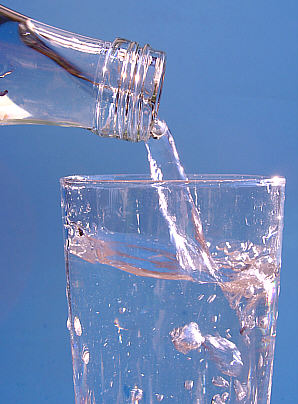
Drinking water is essential, yes, but that’s not enough. As my triathlon coach told me long ago: “When you train or race on long distances in the heat, water only won’t get you far”. He’s right. Our body is on average composed of 60% of water and when it’s hot, we can lose up to 3 liters of water per hour from sweating. To replace all that is consumed by our body and lost in the process of such intense sweating, we need electrolytes (calcium, magnesium, potassium, sodium, etc…). Electrolytes are essential minerals for the human body to function. Without them, and if we would only drink water, lots of water, our blood would slowly be liquefying. And this, believe it or not, can lead to death. So remember: water is not good enough when it’s hot.
2. Don’t run into the unknown

You can find electrolytes in all sports drinks like Gatorade for example or other "Powerade" beverages but you can also just consume salt tablets, water and some solid food, depending on what works for you. Bubble-less warm Coca Cola, dry bananas, GU sports gels(from Berkeley, California)and fresh oranges quarter(swallow the pulp and the juice) are what works for me the best. But it’s different for every athlete. That means that only way of getting the proper training/racing diet for you is to test it. Try out things on training days, not on racing days, unless you’re game for a (bad) surprise. You have a long run, a long cycling training session or plan to spend 4 hours workout in the gym this week-end doing different stuff? This is an ideal scenario to try out things and learn to know yourself.
3. It’s the stomach way, not your way
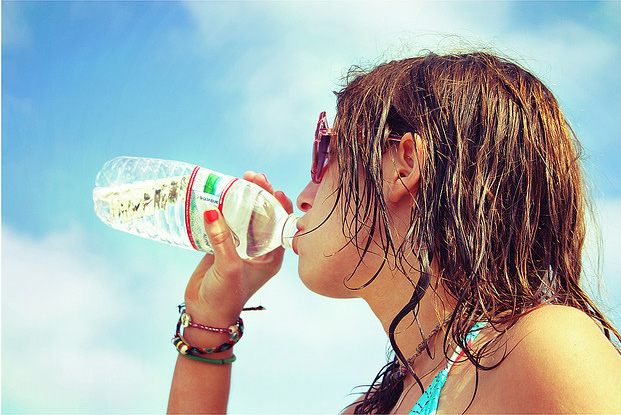
Never wait until you’re thirsty to drink. Because you’ll drink too much. And your stomach won’t be able to digest it all fast enough for you to continue training or racing without vomiting at best, or, worst case scenario, having to stop and lie wherever you fall, a bench, a sidewalk, a road. I’ve been there, done that. It’s not fun. Last Ironman Nice in the south of France, 2 years ago, I lay down in the medical tent for an hour after the 180 km bike race before I could move again and start running without puking on the last stretch of the race: a 42 km marathon. My stomach was just not letting me have it my way. So pace yourself. That means discipline yourself to take sip or two every 15-30 min, depending on the intensity of your run and of your stomach personality. My rule is: the more intense you run the more careful you should be about the amount of liquid you’re ingesting. Go slow. Go easy. Go regularly.
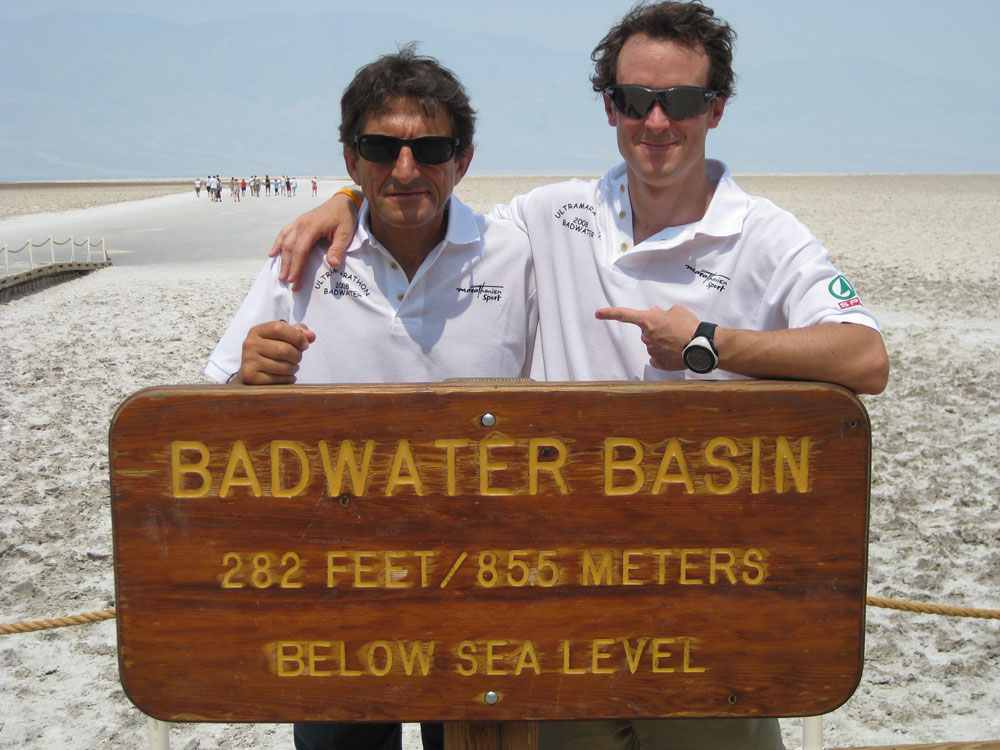
4. Loose the loose tee-shirts and baggy shorts
One interesting alternative to cope with the heat is to reduce its indirect impact on you. You can drink sure, and you should drink of course, but even if it’s a great feeling to run bare chest with no hat on,it’s also pretty much often a very bad idea.Some R&D teams out there are spending millions of dollars and infinite hours of scientific research not only to protect you from the hard sun but also to cool you off while on the run…all with the same garment. I’ve been testing Columbia and Mountain Hardwear summer tee technology for the past 2 years (it hit the US market before it got to India very recently). This technology uses your sweat to cool you off. The more you sweat the more you feel the cool. And it works. But those tees are also quite large dangling non-aerodynamic tops. Another alternatives that I’m advising you to try are tight garments like the ones the triathletes wear. Triathletes, especially the long distance ones, wear the same clothes for swimming, biking, running. Those have to be tight to maximize the aerodynamics in the swim and the bike section.They keep them in the run as well because, other than helping in the quick transition from biking to running, they can regularly spill water on them to cool off without being bothered by a sudden extra weight or worrying about being cold at some point. Such garment will be wet, yes, and it will be cooler, yes. But because it is so tight to the skin, it will dry more quickly and will never be heavier than needed. Pamela Reed, a Badwater running legend, told me a few years ago that wearing humid large cotton tees were the best idea she had come with to remain cool during the infernal heat she was dealing with for 135 miles. Fair enough. At Badwater, you need to stay cool to stay alive basically and it’s OK to carry some extra weight for that. But remember this : it’s usually not worth carrying this extra weight. Adopt the triathlete look. Such gear has never failed me. For the longest races or stages, I may sometimes add a baggy short over my tight tri-shorts. It’s for adding pockets for my gels or have an extra layer of garment for when the chilly night comes.
5. Compression is not only for the elite or the pros
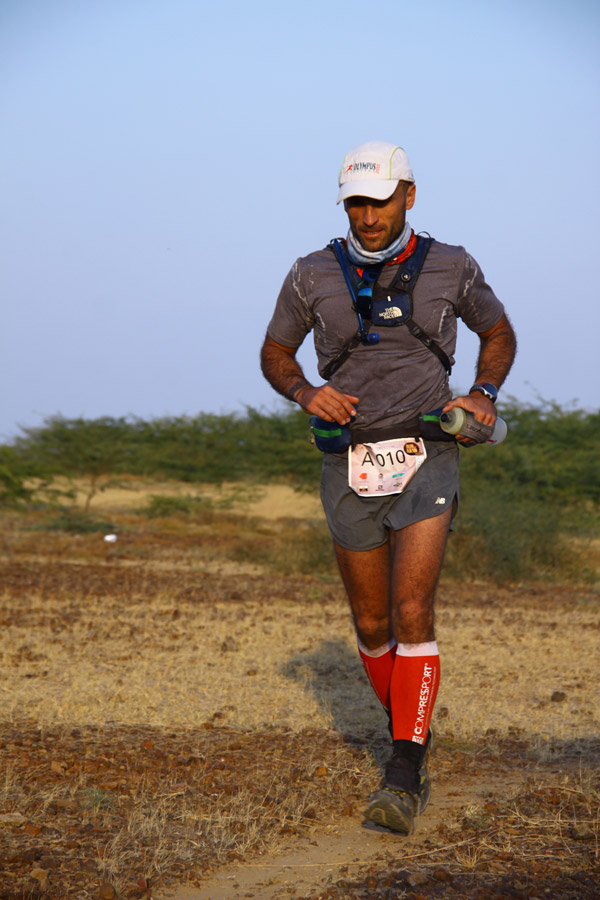
Some, if not all, of the best endurance runners are using compression one way or another, sometimes only on the calf muscles, but more and more on their top. What I usually use is long sleeve compression top myself because those truly act like a second skin and once it’s in place, they support my group muscles and I just don’t feel the garment and so I can focus on the training or the race. Compression garment protect you from harmful UV but also get you the feeling you’re cooler than you actually are. That’s interesting! I’m honest: I can’t run without compression anymore. It’s just too comfortable. But watch out: true compression is hard to find and I wouldn’t trust the biggest brands too much. Try the small Aussie 2XU, my favorite,or BodyScience or even Skins (also two Autralian brands). They make great compression products. Personally, I’ve also run with a Reebok CrossFit long sleeve tee these past few month. It’s not compression but I made sure it was tight enough for the short runs under the sun. It protected me well-enough.
6. Learn to deal with the pain
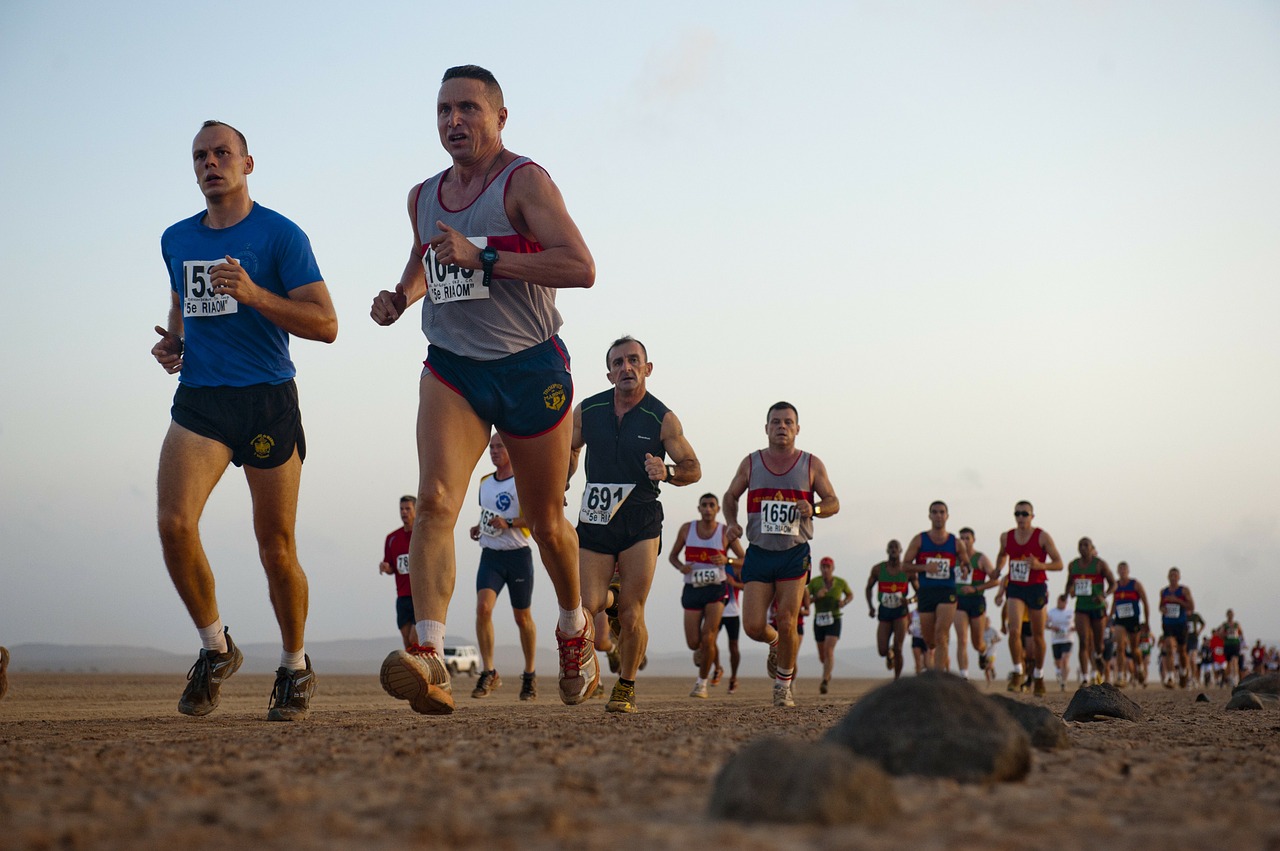
One key secret about hydrating well is to learn to be able to go on without drinking when you’re thirsty. A few years back, I’ve heard about a research on endurance sports, showing that ultra runners were not in their top performance moments when they were slightly dehydrated. Instead of drinking a lot and literally drowning your stomach, resist the temptation to drink, learn to live with the ache or the pain of thirst and keep pushing your limits. That’s what I talked about in the 1st point of this article : pace yourself and drink little by little. Even if you’re super thirsty. Even if you feel you’ll die of thirst. Be stronger in the mind. Don’t always listen to your body. Never give up. And drink regularly.





Comments ()